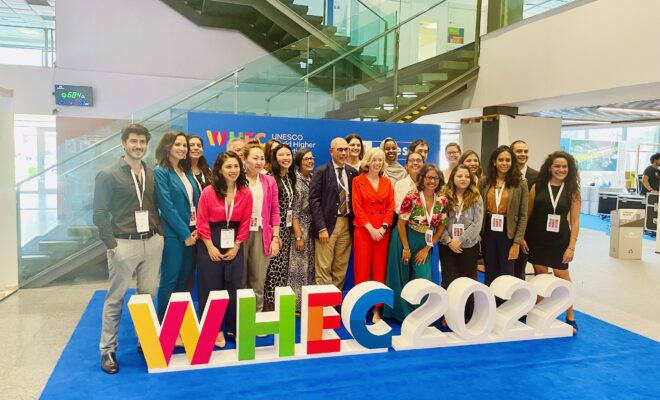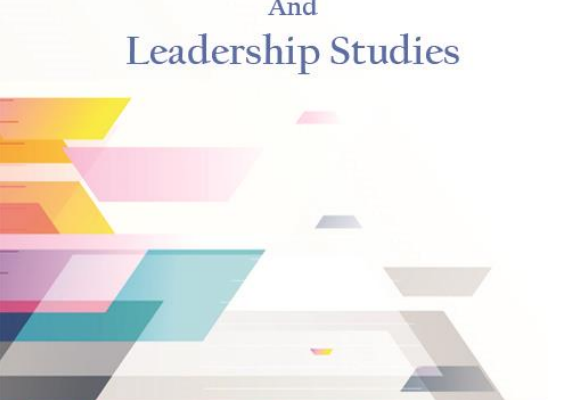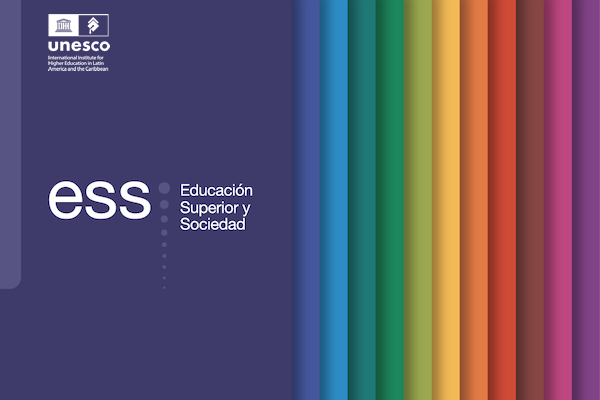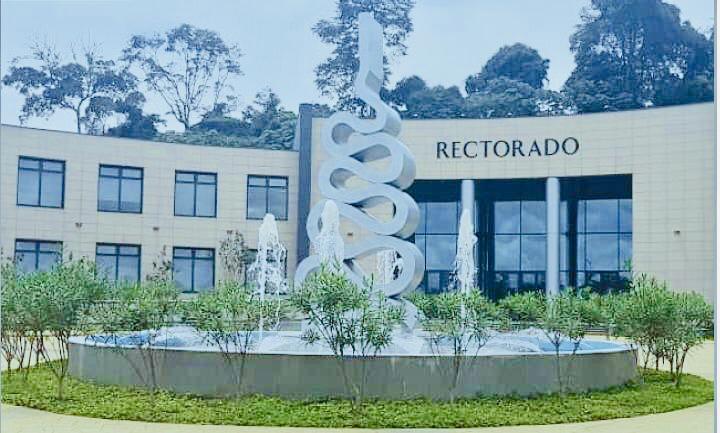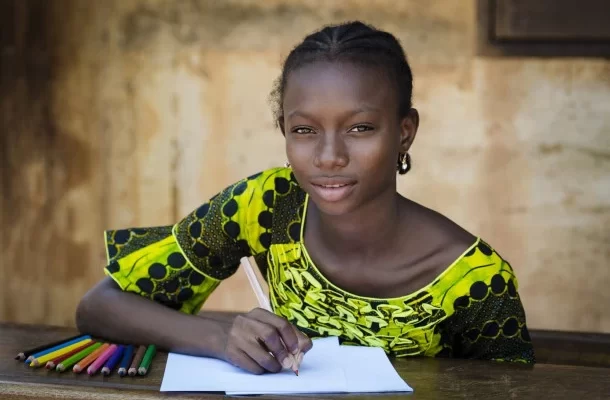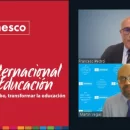IESALC: The use of technology in education would be favorable if the education model in Latin America is transformed
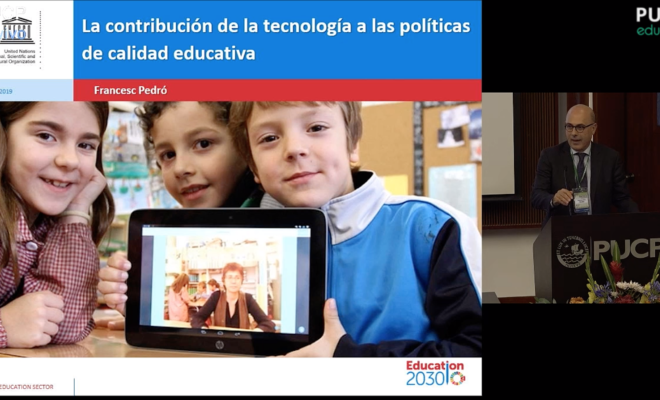
On October 23rd, 2019, Diana Revilla Figueroa, Dean of the Department of Education of the Pontificia Universidad Católica del Perú, opened the EDUTEC 2019 International Congress, emphasizing the need to define criteria in relation to the use of technological resources in order to “benefit learning processes and mitigate the equity and quality problems in Peruvian education, within the framework of the values of diversity, equity and quality in learning”.
Francisco Martínez, president of the Asociación para el Desarrollo de la Tecnología Educativa y de las Nuevas Tecnologías aplicadas a la Educación EDUTEC (Association for the Development of Education Technology and of New Technologies applied to Education), explained that the association came into being in order to put common teachers and researchers together to provide answers to the demands of the teaching staffs and to come into contact with the classrooms’ real problems. “Technologies are transforming society, but they aren’t transforming the school. This is why bringing classrooms closer to what is real outside of them, constitutes a challenge”, he said.
As part of the opening ceremony, Cristina del Maestro, acting rector of the Pontificia Universidad Católica del Perú, pondered upon the event’s motto, Technology and innovation for diversity and quality of learning processes: “our commitment to innovation doesn’t refer only to the means and resources we use, but also to the ways and forms of learning and reaching people through them (…) Our obligation is to use these means to attend a diversity of people and achieve better accessibility and more inclusive humanity”, she affirmed.
The inaugural speech was delivered by the UNESCO International Institute on Higher Education for Latin America and the Caribbean IESALC. “This is the first time we share an international agenda on the subject of development characterized by sustainability that has the SDG 4 related to education and which has a generic formulation that emphasizes 4 key expressions: quality, inclusion, equity and life-long education” indicated Francesc Pedró, the Institute’s director.
In relation to equity, he stated that it implies doing everything possible in order to, through education, make up for the disadvantages the student brings to the classroom due to his socioeconomic background. Regarding inclusion, its implementation involves a coverage to attend everyone, independently of the group they belong to – gender, race o location. Both are pending matters in the region, regardless of the advances achieved regarding quality. Nevertheless, almost all Latin American countries that participate in this research are vi no he red quadrant, meaning that they offer low educational results, and high inequity levels, as is the case of Peru.
There doesn’t exist a scientific explanation, nor an answer to why one country is in a better position than another one. “One would like to say that higher quality always means better results, but it isn’t always so”, he indicated regarding the relation between quality and investment in education, according to the figures presented in regard to the results obtained in countries with an average investment of les than $50.000 per student in ages between 6 and 15 in mandatory education, and those that invest more than $60.000 per student.
In this context, technology is shown as a window of opportunities for the improvement of quality linked to innovation and its indispensable presence in the classrooms, particularly in mandatory education. “It will allow teachers to manage time better and gain in efficiency, but to achieve that, we need to transform the school model we have inherited to make it more human, what is called to learn in a different way”, said Pedró.
Nevertheless, in general terms, the region has serious problems regarding access to technology, and this is linked to equity. “To talk about the transforming power of technology is really a challenge when a great percentage of Peruvian elementary schools still don’t have electricity.
Approximately 30% of the students between 11 and 12 don’t have any kind of access to Internet niether al home nor at school or through a cell phone; and the problem is that this 30% isn’t equally distributed in the cities or neighborhoods”, stated Pedró, based on information from 2018. In Latin America, the percentage of students with access to mobile phones with or without an Internet connection is impressive, in the case of Peru it reaches 85% of the students.
“We could tale advantage of the enormous potential that is in students’ pockets pockets. We have an opportunity there”, affirmed IESALC’s director.
Other tópicos that IESALC dealt with were the increasing implementation of artificial intelligence in classrooms, as is the case in China, the importance of the inverted class compared to the traditional one, the presence of applications that improve teaching procedures, the use of indicators centered on the teacher and on the student, pedagogic leadership, individual feedback, the use of meta-cognitive strategies to reflect upon what has been learned, group tutorials, and cooperative learning, were highlighted as elements for the improvement of learning.
In 2010, UNESCO conducted an empirical study that proved that it is necessary to interpret the teachers’ needs, to accompany them in the search for solutions in which technology may represent a second window of opportunity, and jointly evaluate the results. The working conditions must be favorable, giving more autonomy to the educational centers, and more pedagogical leadership and flexibiliza to the teachers in order to create projects to improve the students’ perfomances. “Technology offers many advantages, but while the school remains being what we all recognize as a school, we have to accept that an educational system’s quality will never be superior to its teachers’ quality” concluded Pedró.
Download the presentation of the IESALC Director.
Watch the video of the IESALC Director during the EDUTEC 2019 International Congress.
RELATED ITEMS
